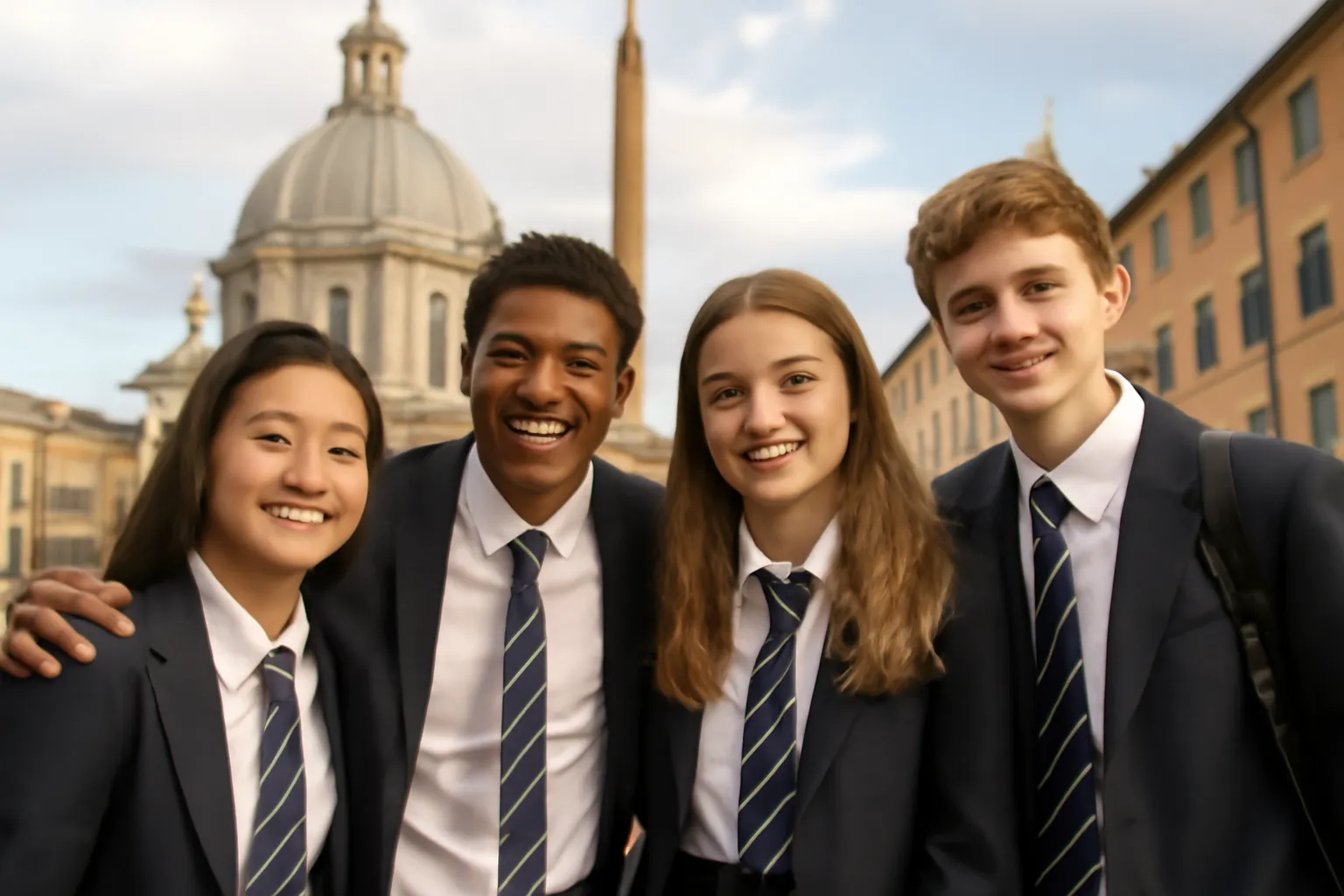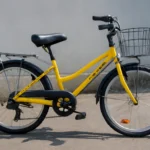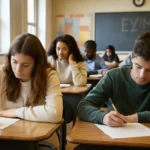Are you wondering when to plan your high school student trip? What factors should you consider for an unforgettable experience? Let’s dive into everything from dates to coordination for the perfect school trip!
High school trips are an exciting and memorable part of the student experience. These trips offer students the opportunity to explore new places, learn outside of the classroom, and bond with their peers. In this article, we’ll cover the essential aspects of a high school student school trip period, including the best time for planning, coordination, and the overall school trip experience.
High School Math Travel Year: A Perfect Time for Educational Journeys
High school trips aren’t just about sightseeing; they can also be an incredible opportunity for students to experience hands-on learning. Whether it’s visiting historical sites or attending a specialized workshop in a foreign country, incorporating education into school trips can make them even more meaningful.
One of the best times to schedule a high school trip is during the “math travel year,” which is often designated as the most suitable time for educational excursions. But why is it the best period for these trips?
-
Curriculum Alignment By scheduling trips during this time, schools can tie the trip to relevant academic subjects. For example, a trip to Paris could be a fantastic way to bring French language and culture to life, or visiting ancient ruins can provide context for history lessons.
-
Optimal Learning Environment In the math travel year, students are generally more independent and better prepared to benefit from an educational experience abroad. This year tends to be the right time for students to mature enough to handle the responsibilities that come with travel while still benefiting from the academic enrichment that trips offer.
-
Memorable Experience High school trips are a once-in-a-lifetime opportunity to bond with classmates and teachers, forming lasting memories that go beyond the classroom.
When planning a trip during the math travel year, schools often opt for destinations rich in educational content, such as cultural capitals, famous museums, or scientific institutes.
“Find more about educational trips”
High School Student School Trip Period: Timing Matters
Planning the ideal period for a high school student school trip goes beyond just fitting into the curriculum. Several factors influence when the trip should take place, ensuring both a fun and productive experience.
Best Time to Schedule
While there’s no universally “right” period, the timing largely depends on academic schedules and other extracurricular activities. Generally, spring breaks or the last months of the school year are popular choices for student trips.
-
Spring Break This period is often perfect for school trips because it gives students a break from their regular studies while providing a balance of relaxation and educational opportunities. It’s a great time for trips to warmer destinations, international travel, or exploring local destinations that align with the curriculum.
-
Summer Vacation For schools with more extensive travel programs, summer offers the longest window for international trips. This period is ideal for multi-day excursions, whether a local history tour or a summer trip abroad. However, summer school trips may miss out on some key educational components tied to the school year.
-
Avoiding Exam Season To ensure students are not too stressed about missing important academic work, it’s best to avoid scheduling trips during midterms or finals periods. Schools should plan trips during off-peak times so that the trip doesn’t conflict with exam preparation or important academic deadlines.
Case Study: Spring Break in Europe
A group of high school students recently traveled to Europe during spring break, visiting cities like Rome, Paris, and Madrid. The trip was structured to complement history and language lessons, with students taking part in guided tours and attending cultural workshops. Because it occurred during spring break, students could fully immerse themselves in the trip without worrying about schoolwork.
“Explore student trip ideas for the perfect timing”
High School Student School Trip Coordination: Making It Happen
Coordinating a successful school trip requires careful planning, clear communication, and teamwork. From selecting the destination to organizing logistics, each step is crucial to ensuring the trip is a success.
-
Destination Selection
Choosing the right destination is the first step in trip coordination. Schools must consider students’ interests, safety, and educational value when selecting a destination. Popular school trip destinations include cities with rich historical backgrounds, cultural significance, or environmental importance. For example, a historical trip to Washington, D.C., offers students the chance to see landmarks like the Lincoln Memorial or the Smithsonian Institution. -
Budgeting and Fundraising
Funding the trip is one of the most critical tasks. Schools may seek sponsorships, organize fundraising events, or offer payment plans to make the trip more accessible. Effective budgeting ensures that all students can participate without financial barriers, and it’s essential to include all expenses such as transportation, accommodation, meals, and entrance fees. -
Travel Safety and Insurance
Safety is a top priority when coordinating a high school student trip. Schools should establish clear safety protocols, arrange for travel insurance, and ensure that all students have appropriate emergency contacts. Teachers or chaperones should be assigned specific roles and responsibilities during the trip to ensure everything runs smoothly. -
Student and Parent Communication
Transparent communication with both students and their parents is key. Parents should be fully informed about the trip’s details, including dates, destinations, costs, and any necessary preparations. A well-organized communication system, such as an online portal or email updates, can keep everyone on the same page.
Case Study: High School Trip to Washington, D.C.
A high school in New York City organized a trip to Washington, D.C., with a focus on American history. The school worked with a travel agency to secure group rates for flights, hotels, and museum tours. They also hosted several parent meetings to address concerns and ensure a smooth experience for all participants. The trip was a huge success, and students came away with a deeper understanding of American history.
“Learn about successful trip coordination”
Conclusion: Creating Unforgettable Memories
A high school student school trip offers a unique opportunity for both academic and personal growth. By planning the trip during the right time, coordinating effectively, and selecting the best destination, schools can create lasting memories for their students. The experience fosters not only knowledge but also lifelong friendships and the confidence to explore the world.
As students look forward to their school trips, it’s clear that these journeys go beyond the classroom. They are essential building blocks in a young person’s education, offering opportunities to grow, learn, and make memories that will last a lifetime.
“Travel is the only thing you buy that makes you richer.” – Anonymous






